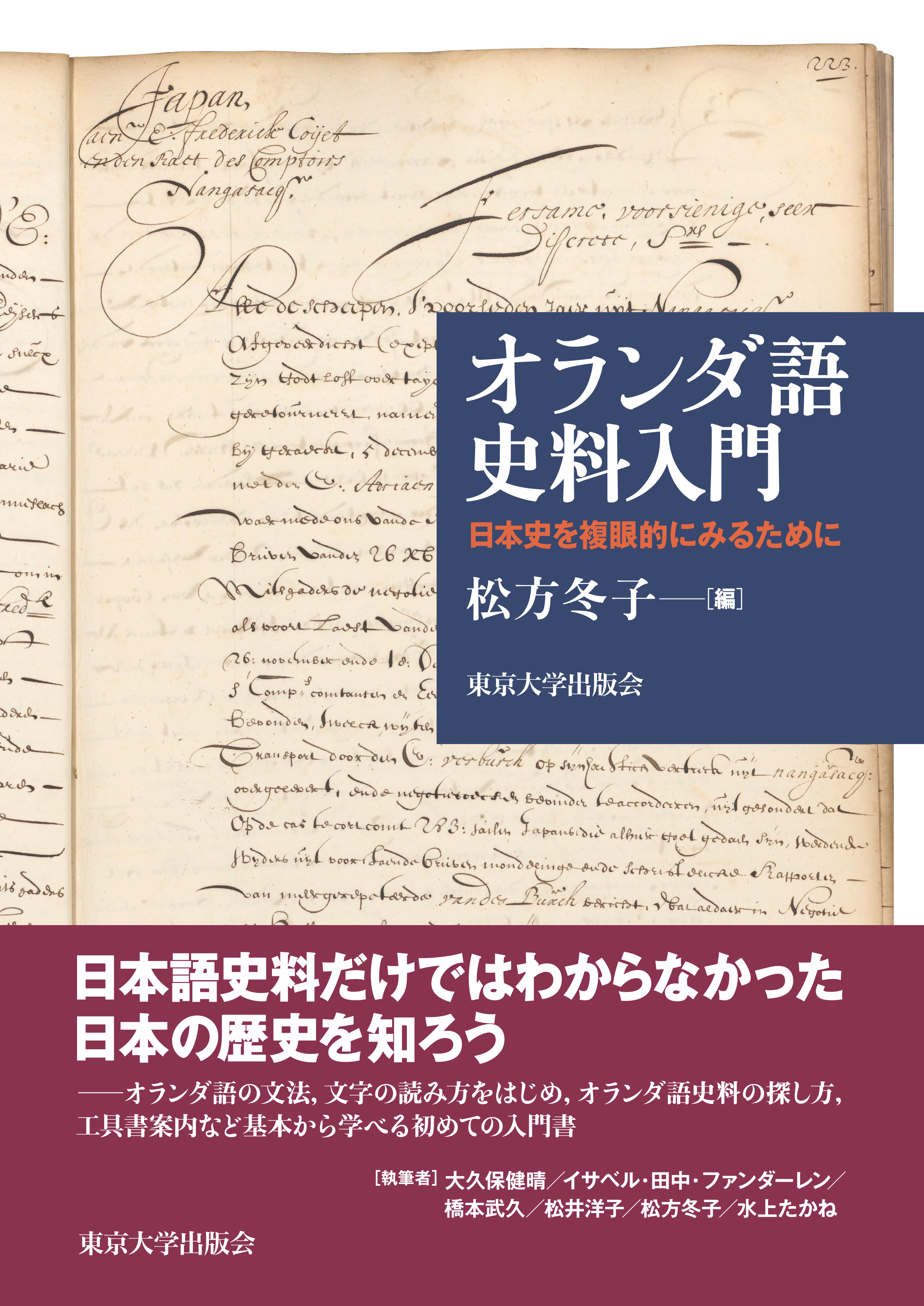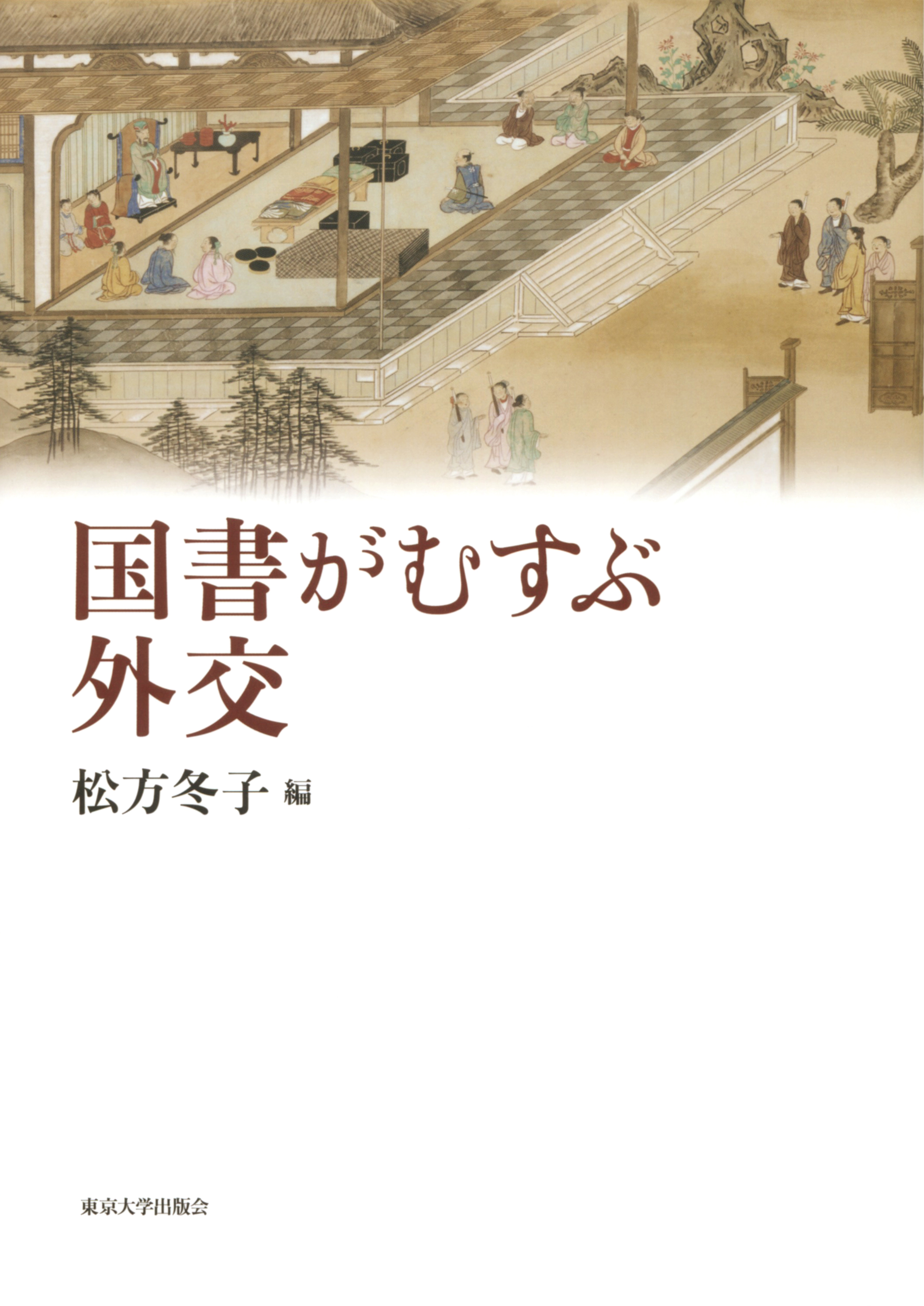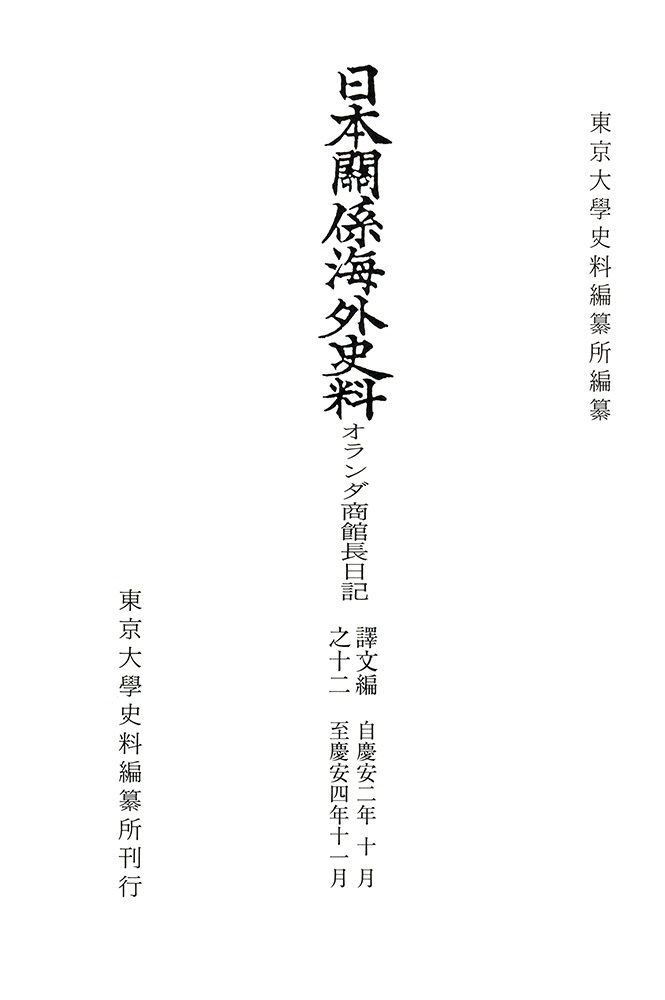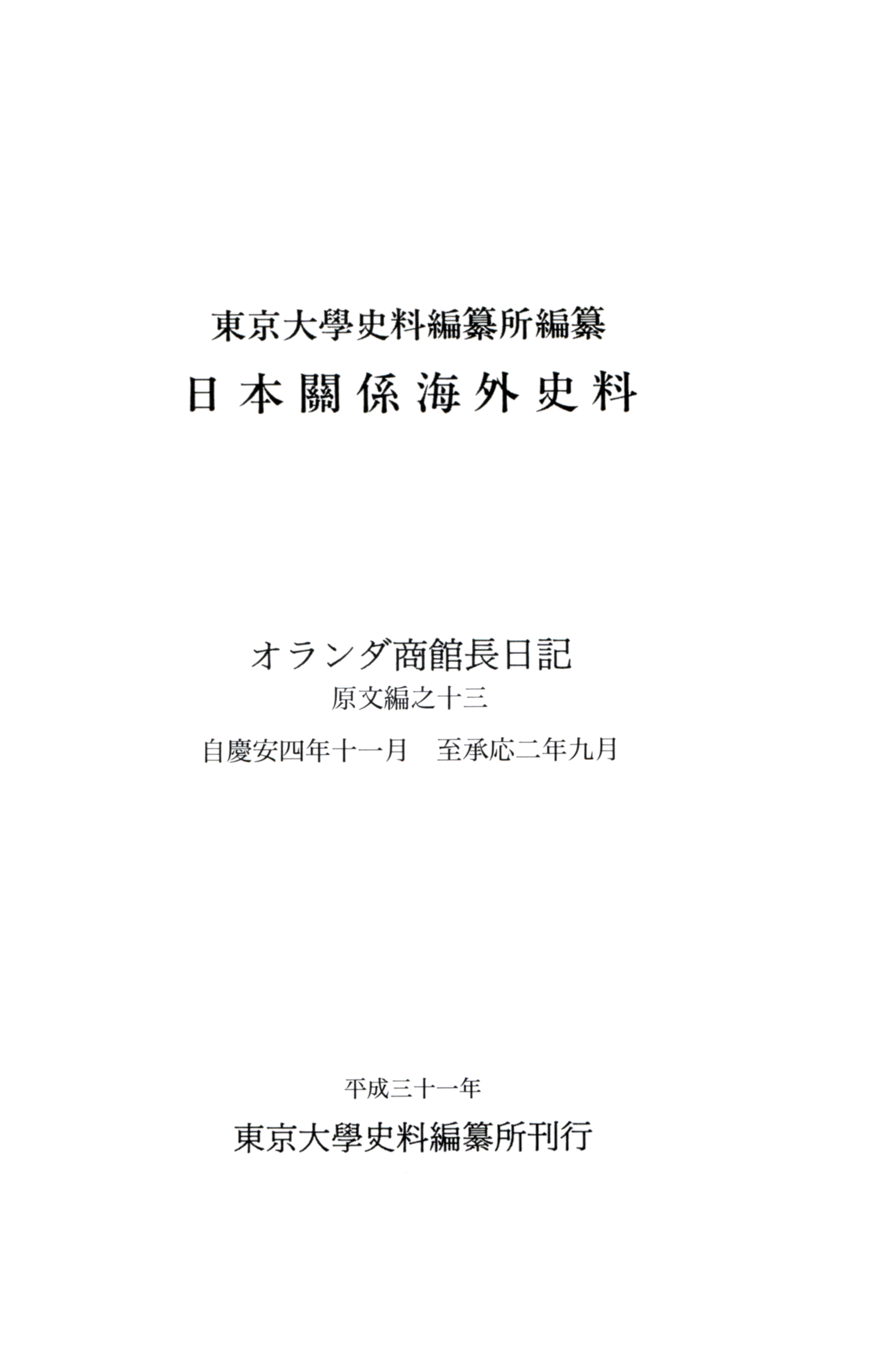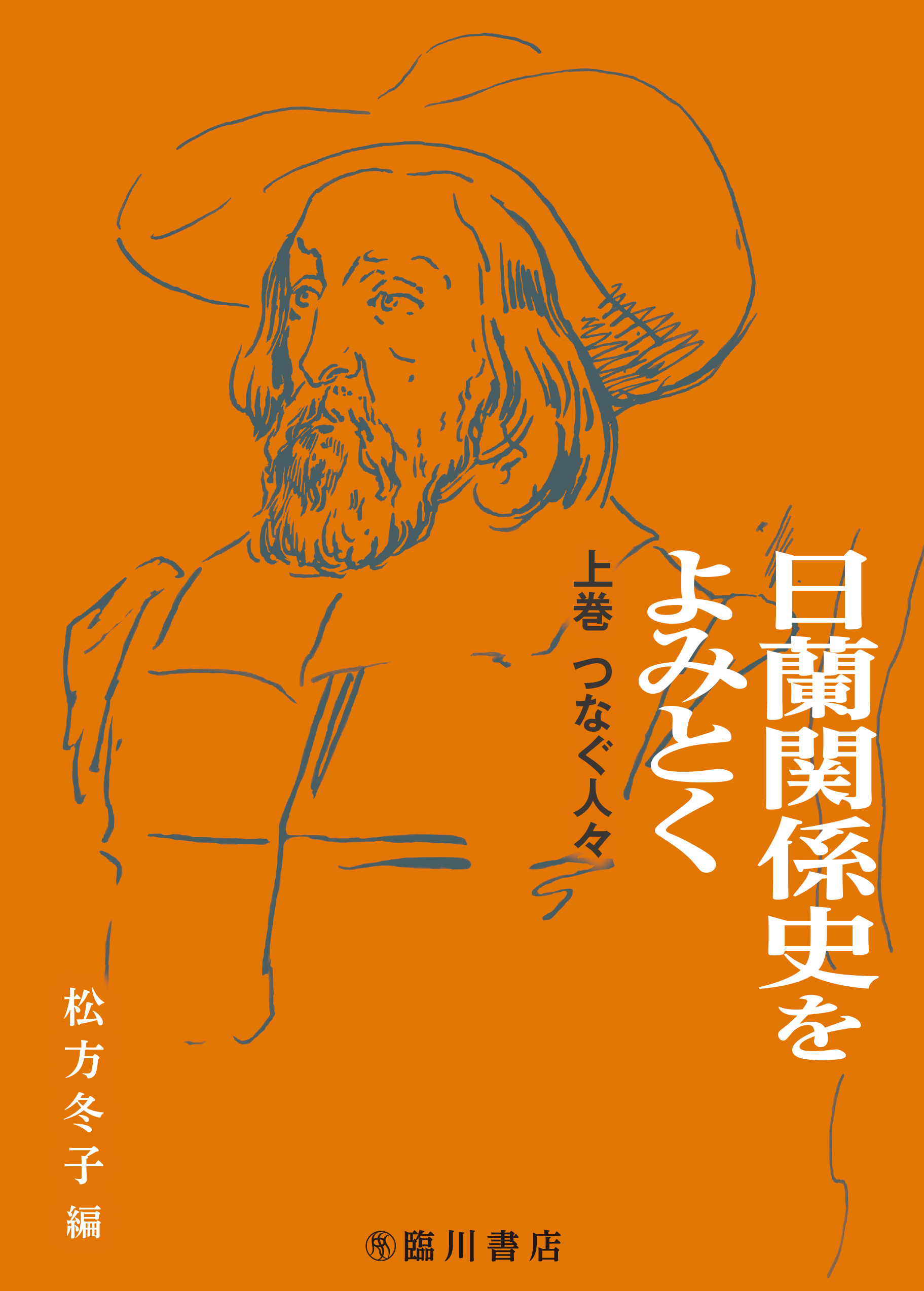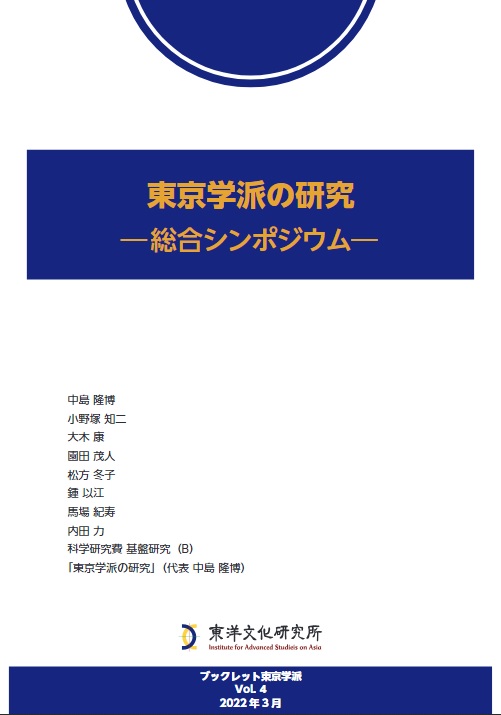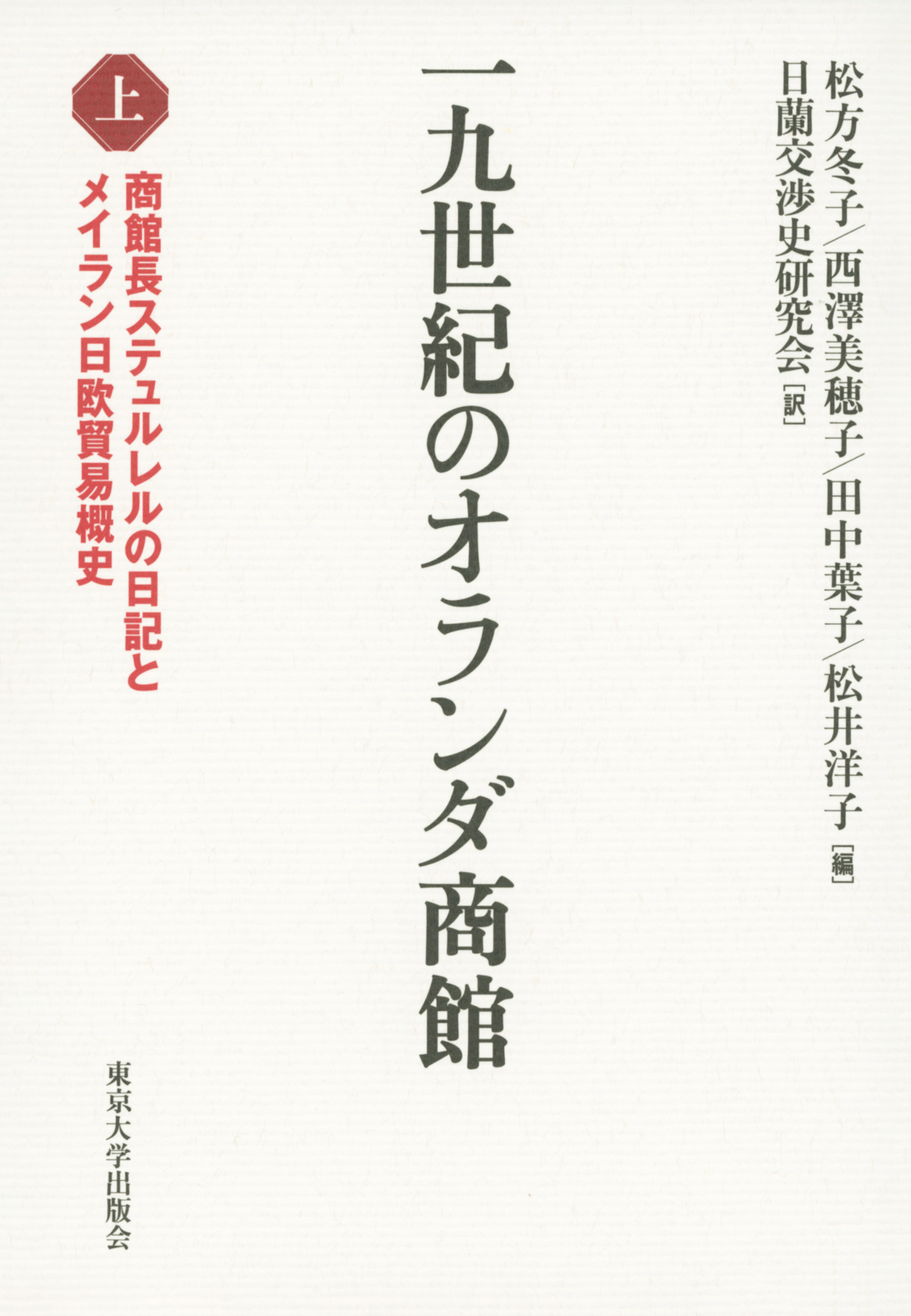
Title
19-seiki no Oranda Shokan (The Dutch Trading Post in Nagasaki, 1824-1833, Vol. 1: Japanese Translation of the Diary Ket by J.W. de Sturler and of Parts of G. F. Meijlan's Geschiedkundig Overzigt van den Handel der Europezen op Japan)
Size
544 pages, A5 format
Language
Japanese
Released
January 28, 2021
ISBN
978-4-13-026351-1
Published by
University of Tokyo Press
Book Info
See Book Availability at Library
Japanese Page
Japan’s history is written on the basis of Japanese-language sources. This may seem obvious, but it is in fact not necessarily so. When the Japanese learnt about “modern historiography” in the late nineteenth century, many of the historical sources related to the Edo period were still gathering dust in the homes of former daimyō families and landowners. Dutch sources, on the other hand, were held in archives in The Hague and could be perused. Even after large-scale surveys of rural sources enabled detailed investigation into the country’s past after World War II, the translation of overseas sources has continued, albeit on a small scale but unremittingly. This book is the fruit of such endeavours.
The two volumes of this publication follow on the diaries of the heads of the Dutch trading post in Nagasaki from 1800 to 1823 that were published in the late twentieth century (Japan-Netherlands Institute, ed., Society for the Historical Study of Dutch-Japanese Relations, trans., Diaries of the Dutch Trading Post in Nagasaki, Yūshōdō Shuppan, 1989–99), and they present a modern Japanese translation of the’ diaries from 1824 to 1833 (Bunsei 7 – Tenpō 4). During this time, J. W. de Sturler, G. F. Meijlan and then J. W. F. van Citters served as the chief of the post. (The present volume contains De Sturler’s diary until July 1826, when his tenure ended.) His successor Meijlan (whose diary will be included in vol. 2) was not only a competent headbut also read the documents about Japanese trade that were at the time still preserved at the Dutch trading post in Japan and wrote Geschiedkundig Overzigt van den Handel der Europezen op Japan (Historical Overview of the Trade of the Europeans in Japan). There is much about the complicated and strange Japan-Netherlands trade in the nineteenth century that we would not understand today without this book, so that his contribution to our field of research has been immeasurable. For this reason, the main parts of this book have also been translated in the present volume. It may be noted that almost all of this volume has been translated into Japanese for the first time.
During the ten years covered by the diaries, several well-known incidents occurred. In connection with vol. 1, on 13 September 1824 news arrived at the trading post about the Takarajima incident, when a British ship arrived in the waters of Satsuma domain. On 11 February of the following year, De Sturlerwas questioned about the Ōtsuhama and Takarajima incidents in which British sailors had had contact with Japanese residents. It was probably in response to these incidents that from August 1825 onwards there are passages pertaining to the expulsion order of 1825. (In vol. 2, the Siebold incident is the most important event.)
This book is the result of twenty years of joint research, but it is also founded on research previously accumulated over many years by our predecessors. The Society for the Historical Study of Dutch-Japanese Relations (Nichiran Kōshōshi Kenkyūkai) was born in 1952 in a room in the building of the Japan Academy (formerly, Imperial Academy) under the leadership of Iwao Seiichi, who had become a professor at the University of Tokyo after having been a professor at Taihoku Imperial University. Since the publication of the above-mentioned Diaries of the Dutch Trading Post in Nagasaki, the society has been run with the support of the Japan Academy by young academics living aroundTokyo, chiefly affiliated to the Historiographical Institute at the University of Tokyo, and the present volume is the fruit of the society’s endeavours. It inevitably reflects the nature of scholarship as passed down from the time of the Great Empire of Japan to present-day Japan.
For viewing Japanese history in a multifaceted way, the role of foreign-language sources is indispensable, I believe, and considering that few Japanese read the minor language of Dutch, it is surely meaningful for both scholarship and society to continue translating Dutch sources and placing them before the general public.
(Written by MATSUKATA Yoko, Professor, Historiographical Institute / 2021)
Related Info
19-seiki no Oranda Shokan
The Dutch Trading Post in Nagasaki, 1824-1833, Vol. 2: (published by University of Tokyo Press, Sept. 16, 2021)
http://www.utp.or.jp/book/b587750.html



 Find a book
Find a book


 eBook
eBook